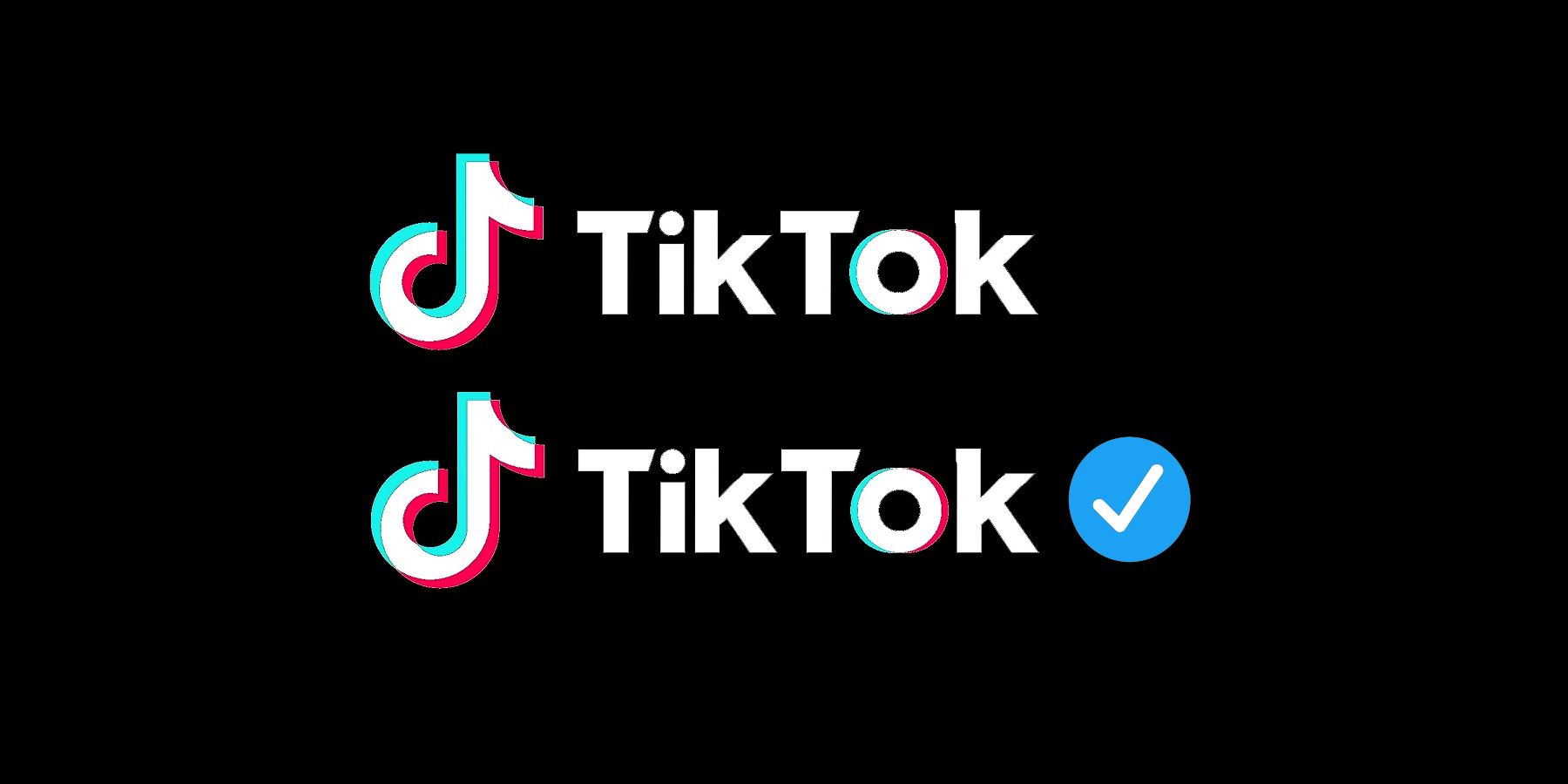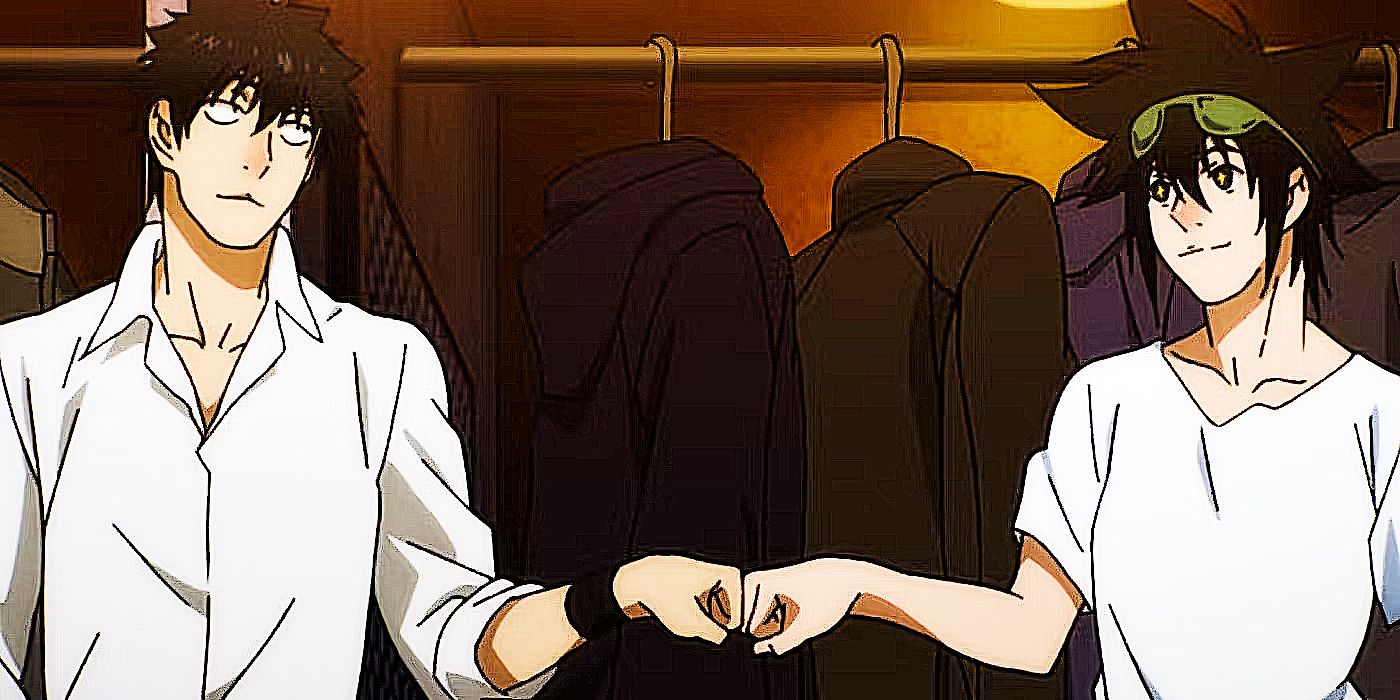TikTok reportedly waited hours to alert the police of a suspected suicide that was live-streamed on the platform. Here’s what you need to know about the latest controversy surrounding the video-sharing social network.
TikTok has risen to prominence incredibly fast and with that ascent has come extra scrutiny. However, the additional media attention has not just surfaced because TikTok is popular, but also due to the events that keep occurring, and at an increasing rate. Reports recently suggested TikTok may be sending user data to China, and this was followed by reports of people impersonating others due to TikTok’s lack of a verification system. Even more recently, the issue of drugs came to light with TikTok appearing to lack adequate systems to protect users from being exposed to drug-taking and promoting videos.
This week, a report from The Intercept provided details (including an internal TikTok document) suggesting that following the live-streaming of a Brazilian teenager’s suicide, instead of immediately calling the police, TikTok initiated PR protocols in a bid to keep the information from going public. The report suggests the stream remained live for over ninety minutes (even though the comments and complaints continued to come through) and once TikTok became aware of the issue, it waited almost three more hours before contacting the authorities – in total, four and a half hours after the suicide. This time is alleged to have been filled with company employees working to ensure the news of the event never went “viral.” An approach that seemed to have worked considering the incident is understood to have taken place in February, 2019 and only now come to light.
TikTok Has A Serious Moderation Problem

What is clear from the sustained TikTok reports is that the social media service has an issue with moderating. Whether it is how quickly it identifies unfortunate events when they happen, how it stops people impersonating each other, or exposing users to unsuitable videos, TikTok appears to lack the necessary processes and systems to provide users with a safe environment. This is even more of an issue for TikTok compared to other social media outlets due to how the service has proven especially popular with a younger average audience.
In this particular instance, there is the even more concerning issue of how TikTok appeared to respond to the event. While better moderating practices would have ensured the live-stream was noticed and taken down earlier, it would not have stopped the company from enacting its internal public relations protocols before contacting the police – or the teen’s family. If the details in the report are correct, then these allegations are harder to brush over than the usual moderating concerns, with TikTok appearing to be more focused on protecting itself than its users.





